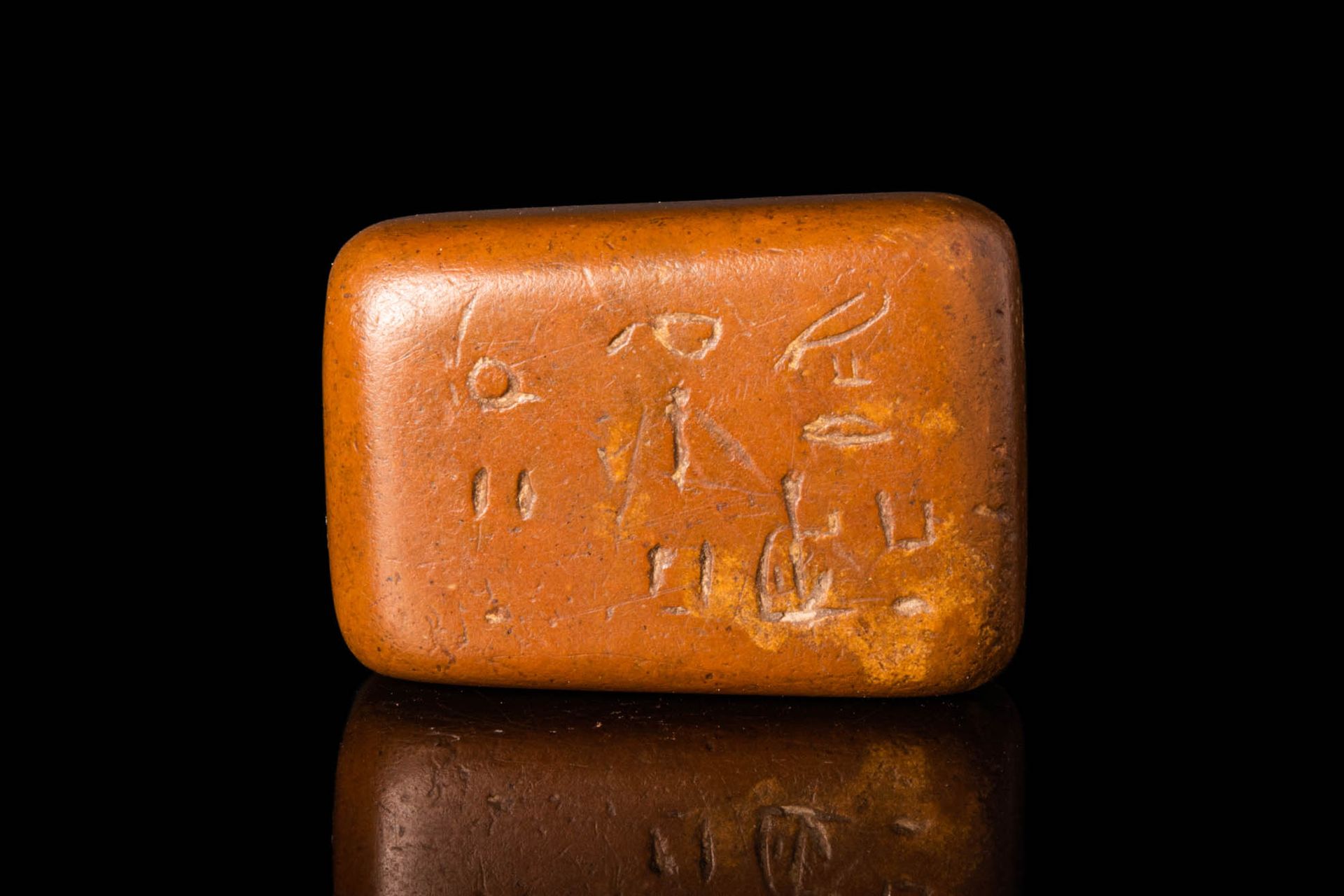Description
EGYPTIAN BROWN JASPER WEIGHT
First Intermediate Period to Middle Kingdom, Ca. 2134 - 1782 BC. An Egyptian brown jasper deben weight. The weight has a rounded oblong form, inscribed on one side for "an Overseer of Works". The exact weight of an Egyptian deben varied over time and depended on the region. It generally ranged from about 91 to 93 grams (approximately 3.2 to 3.3 ounces). However, variations in weight have been observed in archaeological finds, suggesting that there may have been some degree of inconsistency in deben weights across different periods and locations within ancient Egypt. Size: 30mm x 20mm; Weight: 30g Provenance: Prince collection, 1990s-2014; Ex. Christie's 25 April, 2007, Sale 7376, Lot 63. Acquired in Egypt between 1956-1958. Sold to benefit The Hans Goedicke Foundation for Egyptology. This item has been cleared against the Art Loss Register database and comes with a confirmation letter.
You may also like
